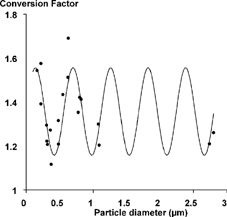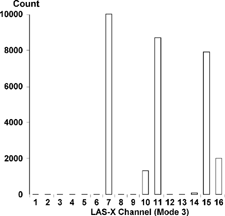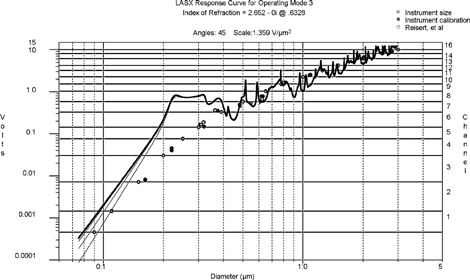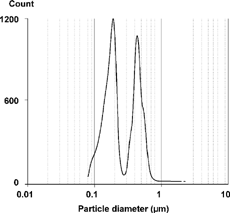Figures & data
TABLE 1 Conversion factors for the LAS-X and HSLAS
FIG. 2 Calculated scattering amplitude for PSL as a function of particle diameter using manufacturer's calibration data and measurements of Reisert et al. The points at 2.02 μ m do not affect the scale factor.
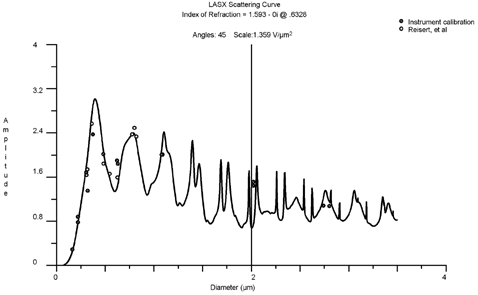
FIG. 3 Illustration of the passage of 0.05 μ m particles between intensity maxima of the standing-wave pattern with the resulting scattered light intensity. The curve for scattered intensity corresponds to particles whose centers pass a distance from the standing wave maxima.
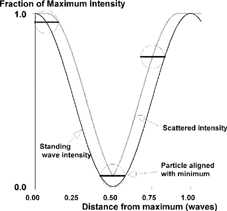
FIG. 4 Intersection of the particle beam with the laser intensity profile. The three equal area bands have average intensities of 0.998, 0.982, and 0.950 of the maximum laser beam intensity.
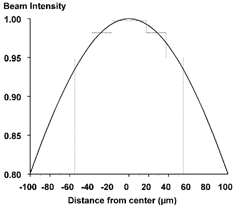
FIG. 5 LAS-X counts using a lab-generated PSL aerosol, nominally 0.70 μ m diameter. The nominal boundaries for Channel 8 are 0.5 and 0.65 μ m. Counts in Channels 1–5 are probably due to surfactant in the PSL solution.

FIG. 6 A uniform deviate between 0 and 1 selects a fraction on the cumulative curve. The diameter bin that corresponds to the fraction is incremented. The resulting histogram resembles the derivative of the cumulative curve, but it has been constructed randomly.
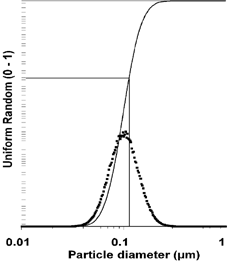
FIG. 7 Starting bin approximation for channel count data. The initial bin counts are determined by dividing the channel count data by the number of bins contributing to each channel. The narrow bin count at 0.93 μ m is produced by a small dip, shown in at the same size, that barely drops into Channel 8.
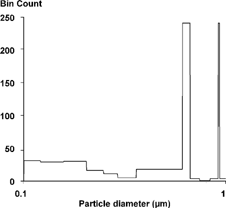
FIG. 8 First stochastic reconstruction of the channel data. The cumulative distribution constructed from was smoothed before these data were generated. This curve is the average of three separate reconstructions using the same cumulative curve. A final smooth was applied to the average.
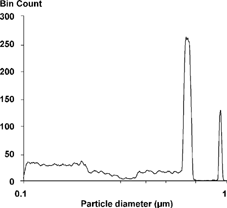
FIG. 9 Fourth stochastic reconstruction of channel data. The cumulative distributions from each prior reconstruction were smoothed. This curve is the average of three separate reconstructions using the latest cumulative curve. A final smooth was applied to the average.
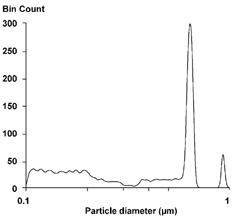
FIG. 10 Twentieth stochastic reconstruction of channel data. The cumulative distributions from each prior reconstruction were smoothed. This curve is the average of three separate reconstructions using the latest cumulative curve. A final smooth was applied to the average. The narrow initial peak at 0.93 μ m has been smoothed away.
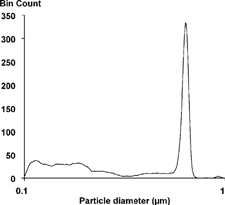
TABLE 2 Results of fitting single channel data using 1.593 + 0i
FIG. 12 Reconstruction of synthesized channel data from . The triangles indicate the diameters that generated the data in .

